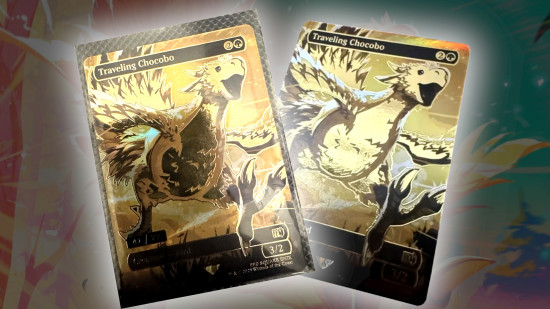Picture this: you’re clutching a precious card like a life raft amid a storm of opponents, the outcome of a daylong tournament hinging on the card’s authenticity. You’ve got your Black Lotus—feeling invincible, only to have the world crash down when a closer inspection reveals it’s as phony as a wax apple. Sadly, these counterfeits are growing more cunning, threatening both your gaming strategy and sentimental collections. Fear not, however; with the dexterity of a seasoned player casting a perfect hand, you can fortify your collection against these pesky imitations.
The first step in your defense involves nothing more than the sensory faculties granted to you by Mother Nature. Yes, begin with the simple touch test. Real Magic: The Gathering cards possess a specific matte texture that warmly whispers “authentic” to the most attuned fingertips. Anything slick, shiny, or more at home in a laminated menu than a card sleeve is a red flag flapping aggressively in the breeze. Should any doubts tug at your intuition, compare the suspicious card with a trusty land card from the same set. Their textures should be mellifluously identical.
Next, let there be light—or rather, the classic light test. Genuine cards hold within them a secret—a delicate, sapphire core nestled like treasure between paper layers. When backlit, authentic cards greet you with a gentle, cool glow. Counterfeits, however, are like a bad cover band: either too thick, blocking out the light to a stubborn opacity, or too thin, flooding your eyes with an overly bright rendition of the real thing. Think of it as Magic: The Gathering’s version of the dramatic reveal.
When you truly want to play detective, reach for the unassuming hero of the toolkit: the jeweler’s loupe. With 30x magnification, this gadget is the magnifying glass to Sherlock Holmes, the wand to Harry Potter. It unveils the rosette pattern, an intricate series of tiny, rounded dots forming floral motifs. These subtle cues are like the team secret handshake of Magic cards. Counterfeits, on inspection, usually fail spectacularly here, displaying blurry blotches or digital pixelation that scream “rough knockoff.”
For an added bit of intrigue, there’s the legendary green dot “L” on the card’s back. This elusive marker, a red dot nestled inside the card’s yellow-green mana symbol, forms an upside-down “L”—although perhaps more accurately, you could say it’s an avant-garde take on a lowercase. A missing, misplaced, or altogether fuzzy rendering of this crucial detail points you straight to faker territory.
Since 2015, Magic: The Gathering upped the ante with another safeguard—holofoil stamps on rares and mythic rares. These ovals are like the rock stars of authenticity, perfect down to the last detail of embossed microtext. If this flourish looks as if a thief pieced it together from a scrap heap of discarded holograms, you’ve got trouble—or rather, you’ve found a counterfeit.
But now comes a note of caution, a friendly whisper from collector to collector: steer clear of draconian methods such as bending or tearing up a suspect card. While tales of yore assure us that the legendary blue core will reveal itself through such invasive procedures, modern-day counterfeiters have gotten wise, often beating this test with distressing success. Instead, cling to non-destructive methods, those that leave your cards intact, your peace of mind unshattered.
In this journey of distinguishing the true gems from the polished glass, remember: spotting a fake isn’t about relying on a single method. It’s about gathering clues, as if assembling the perfect deck. Trust the feel, scrutinize with light, examine under magnification, and look for those tiny, crucial signs. Cumulatively, these steps will transform you into a discerning collectory muy astute at sniffing out frauds before they gain a foothold in your curated world. In mastering these skills, you not only safeguard your treasure trove but also uphold the integrity of the very game we hold dear. Play on, collector, in the knowledge that your cards are true and your deck remains as glorious as you’ve envisioned.

